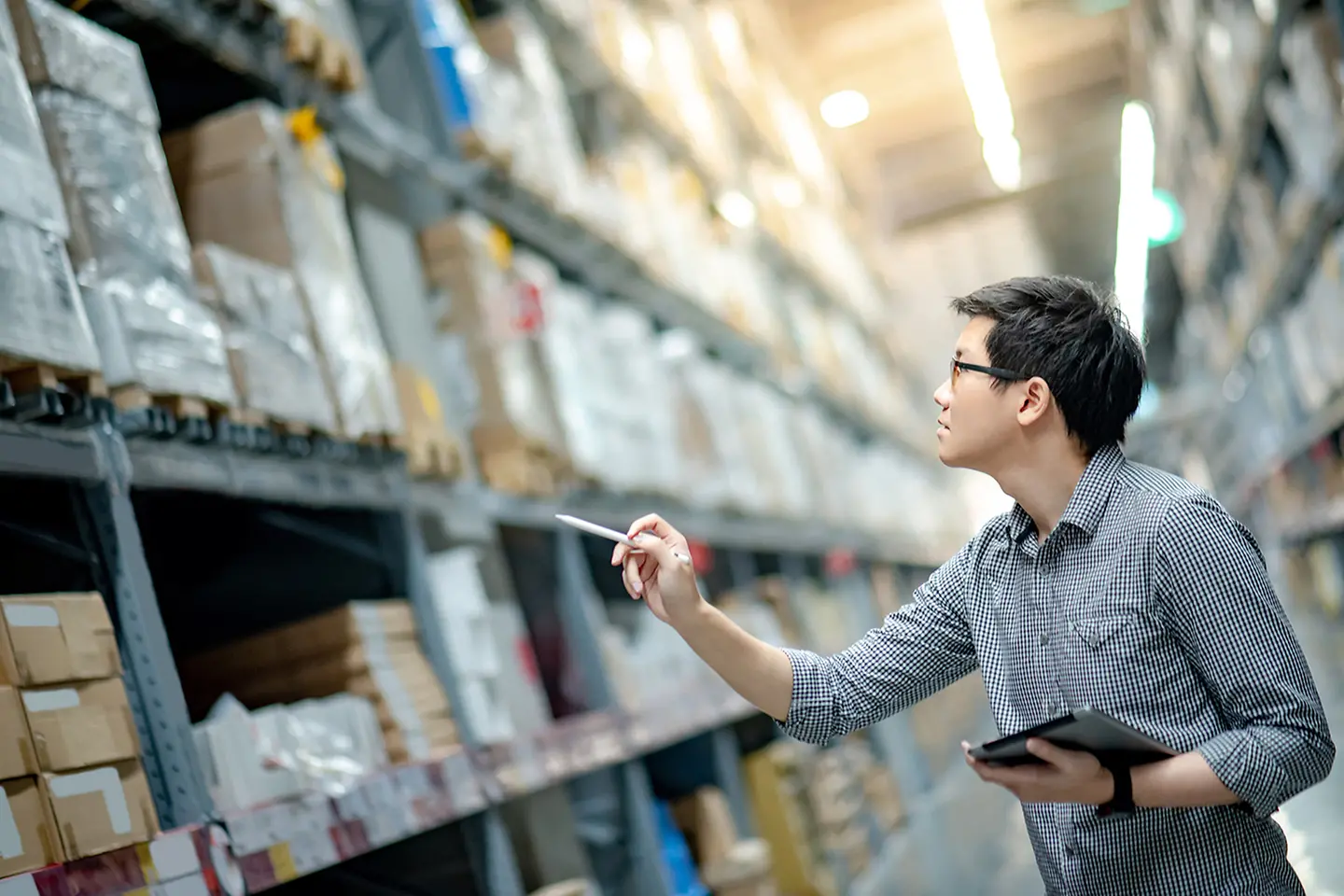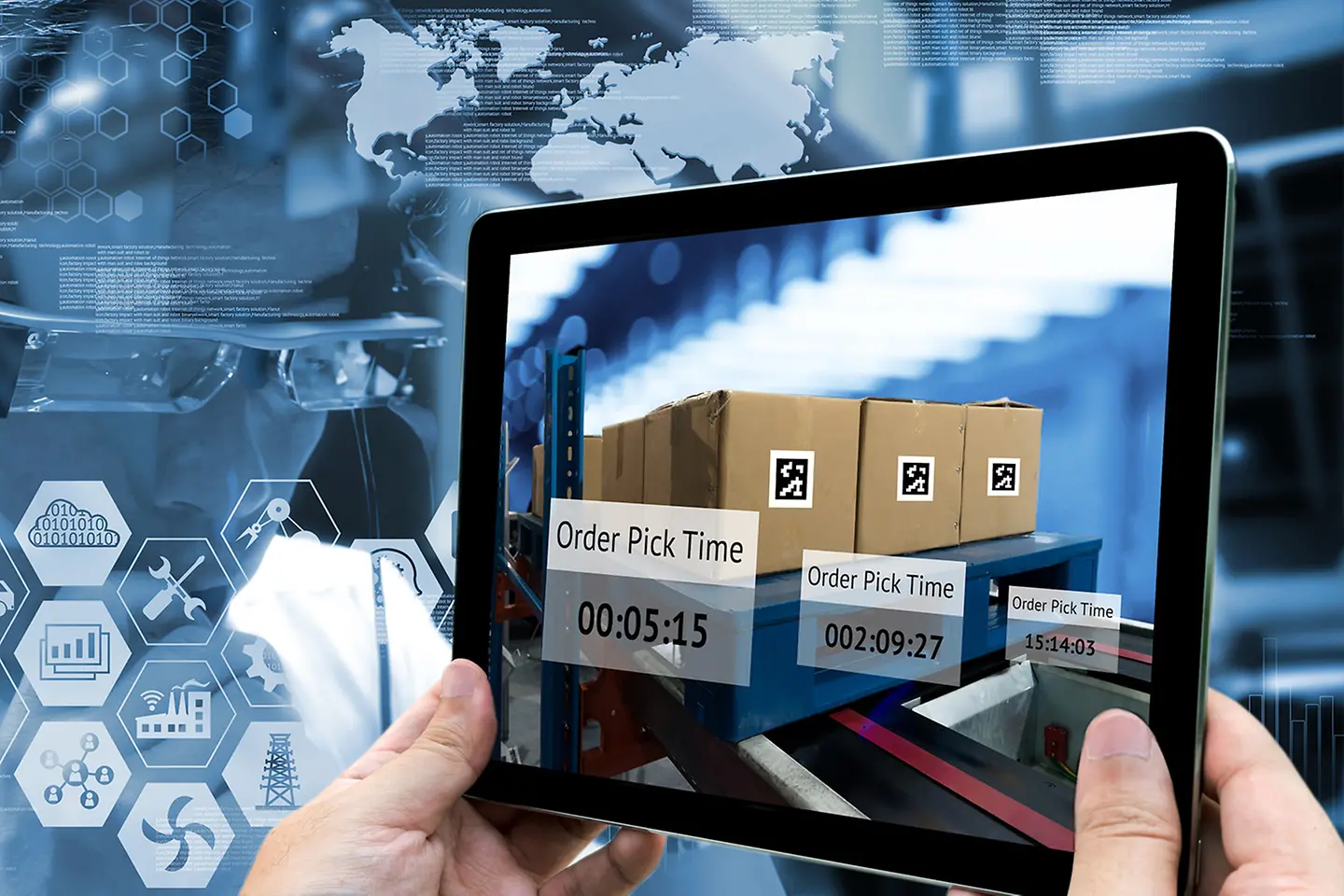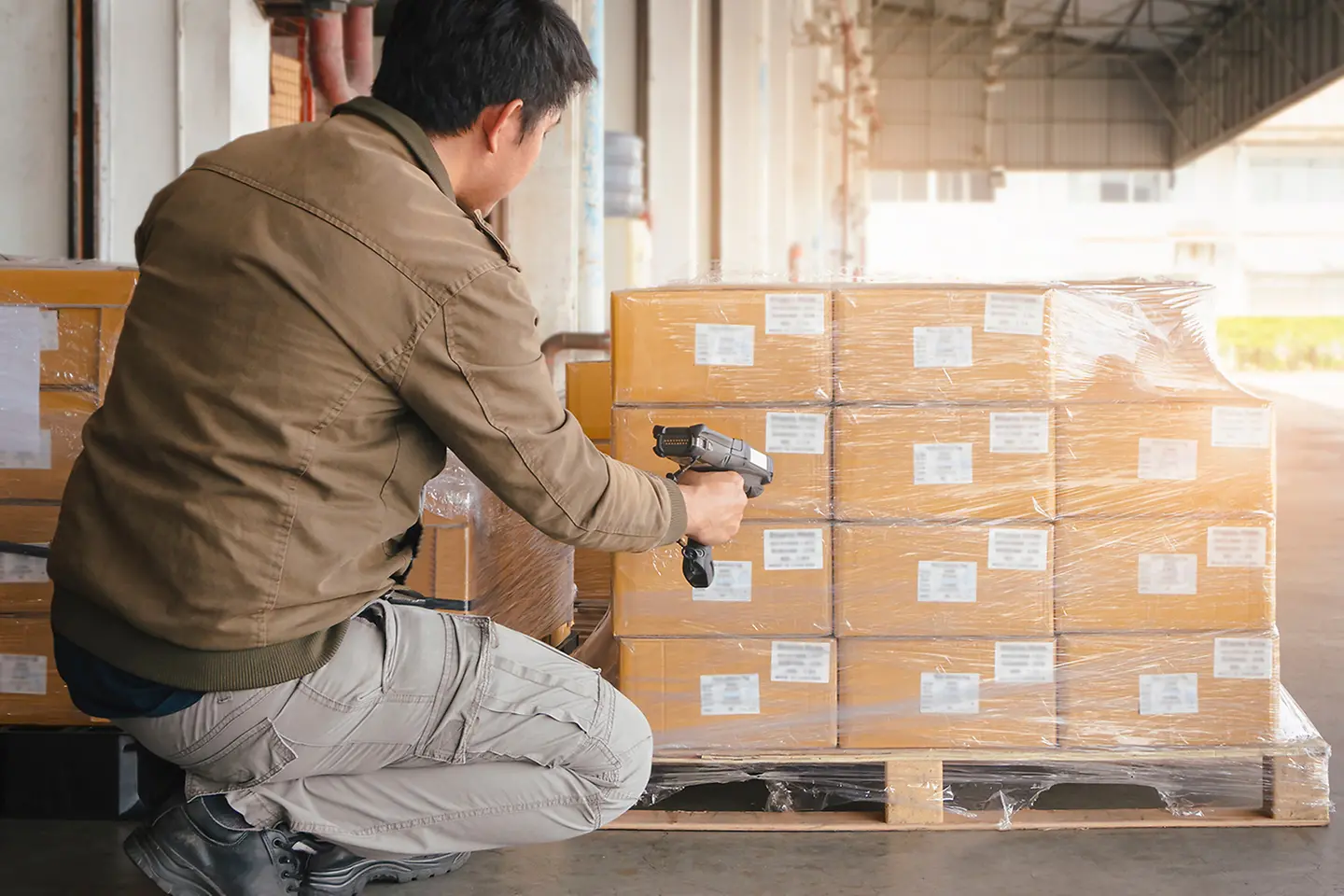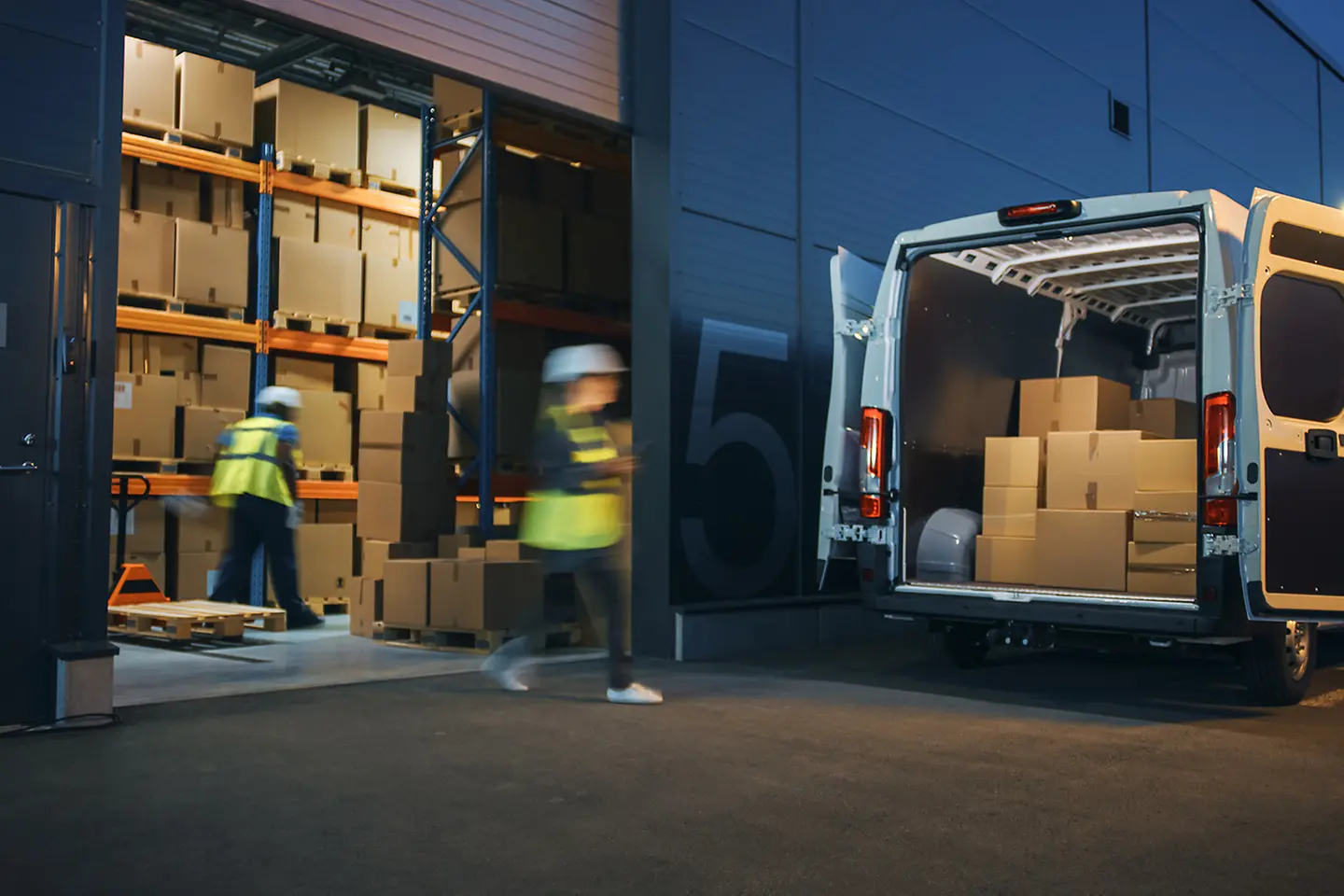
Can digitalisation help logistics companies improve service delivery while shrinking their carbon footprint at the same time?
The logistics industry is under pressure from all sides. To be sure, the post-pandemic e-commerce picture has never looked better—Asia-Pacific (APAC) e-commerce sales have rebounded, and should nearly double to US$2 trillion in value by 2025.
However, this rise in demand has also forced industry operators to confront the conflict between maximising profits and increasing efficiency.
Profit margins get slimmer by the day, while digital consumers become more demanding. With their ability to source products from anywhere in the world and compare prices online in a few seconds on their mobile devices, consumers can switch at will from one supplier to another.
Rising oil prices have also raised the spectre of falling sustainability in the logistics sector. In 2021 alone, global shipping’s CO2 emissions posted a year-on-year increase of 833 million metric tons, up by 4.9% from last year. This massive carbon footprint may draw the unwelcome attention of regulators, and drive away environment-focused investors.

Digitalisation promises to help logistics companies resolve these difficulties. By improving and streamlining the collection and analysis of vast amounts of data, digital technologies allow logistics providers to better manage increasing congestion and pollution, while simultaneously satisfying consumers' service requirements.
Digital transformation brings societal dividends as well: platforms like the cloud and artificial intelligence are helping supply chain decision-makers measure and track sustainability KPIs, implement innovations that reduce greenhouse gas emissions, and enable a more circular economy. From now till 2025, the digitalisation of the logistics industry can create US$1.5 trillion in value and additional US$2.4 trillion worth of societal benefits, like lowered prices for commodities and a reduced carbon footprint—benefiting not just industry leaders, but the world at large as well.
We’ve listed several areas where logistics businesses can use digitalisation to decrease their impact on the environment, along with the business and social value they can derive from these efforts.

The logistics industry as a whole remains neck-deep in paperwork, hampering both sustainability and efficiency initiatives. Consignment notes, customs clearance documents, agencies inspection documents, insurance documents, and proofs of deliveries are only very rarely issued in digital format; a Digital Container Shipping Association survey recently revealed that only 0.1% of bills of lading are issued electronically.
The persistence of paper creates multiple process issues and other challenges. For instance, unreadable or damaged papers at the end of the journey can delay turnover, or missing paperwork can cause a rejection of insurance claims. These can all add up—multiple paper-based inefficiencies that accrue at an onerous cost to the industry and the planet.
All these can be literally swept away through digitally-driven cross-border paperless trade. Information can move at the speed of data, which eliminates delays and accelerates processes throughout the supply chain. It can also reduce greenhouse gas emissions by an average of 32 - 86kg per transaction. For APAC, this adds up to an average annual savings of 13.8 million metric tons.
There are multiple ways to go paperless in logistics. For example, Robotic Process Automation (RPA) and Optical Character Recognition (OCR) can streamline processes like bill of lading and invoice creation. OCR can convert paper-based information into digitally-readable data; RPA automates repetitive, formerly paper-based tasks like reporting shipment statuses, invoice and order processing.
Blockchain-based “paper” trails—like blockchain-based bill of lading—provide a quicker, more transparent and more reliable way to track location and authenticate processes. By making use of automated “smart contracts” validated by universally-accessible hyperledgers, logistics providers can avoid tons of paperwork and eliminate countersignature issues.
International logistics bodies and governments are leading the charge towards paperless logistics. The International Chamber of Commerce (ICC) has already called upon all governments to enable an “immediate transition” to paperless processes.
Singapore has made good on this, becoming the second country to adopt the United Nations’ (UN’s) Model Law on Electronic Transferable Records (MLETR) into domestic legislation. The Law grants electronic trade documents like promissory notes and electronic bills of lading with the same legal standing as their paper-based counterparts. With the UN setting this precedent, similar trade laws in the rest of the world may soon follow.

Combining Internet of Things (IoT)-based tracking with data analytics tools has already replaced cumbersome paperwork in a wide variety of logistics processes.
Radio-frequency identification (RFID) tags and connected global positioning systems (GPS) sensors send real-time location and condition updates to the cloud—generating data that can be analysed and integrated into existing supply chain management and enterprise resource planning systems, yielding greater transparency and control throughout the supply chain.
Insights from this data can be used to accelerate delivery processes, optimise routes, and ensure the quality of goods upon delivery. Beyond simply automating logistics processes to cut down on the paperwork, IoT can also safeguard workers’ health.
At DHL’s Advanced Regional Center in Singapore, for example, workers sport wearable wireless sensors that can assess their heart rate and fatigue levels, and alert them to take a break. Alerts will also sound when the employer moves too close to moving heavy machinery.

Persistently high energy consumption and emissions bedevil the logistics industry, particularly in last mile delivery. Up to 29% of commercial trucks cruising the road are “dead-heading”, or carrying nothing at all, having just delivered cargo to its final destination and heading back to home base. It amounts to a waste of resources and an unnecessary burden on the environment.
Adopting digitally-driven route optimisation methods can address these inefficiencies, lowering delivery costs per kilometre while significantly reducing energy consumption and emissions.
Route optimisation apps like T-Systems’ Low Carbon Mobility Management (LCMM) can collect route and delivery data using smartphone GPS signals. Fleet operators can then use LCMM data to plan the most efficient routes, avoiding congestion and hilly terrain to minimise fuel costs and emissions.
LCMM’s deployment in Europe and China resulted in emissions reductions by an average of 20%, and fuel cost reductions by 15%.

Implementing sustainability-enhancing “smart logistics” can be difficult at first, with a steep learning curve. The payoff, at the end, is worth it.
Digital solutions can optimise processes and value creation in freight, distribution, and intra-logistics. Logistics providers can use the public cloud, the Internet of Things, location sensors like RFID and GPS, and other digital logistics solutions to ease coordination between logistics, headquarters, and retail outlets. Increased transparency about location, deliverability and condition of goods will also improve customer satisfaction in the long term.
All this results in a reduced carbon footprint for logistics companies, with positive ripple effects for the communities they serve and the environment at large.
Want to learn more about the link between digitalisation and sustainability in the supply chain? Contact T-Systems and find out how digital transformation can bring benefits to both your environmental impact and your bottom line.